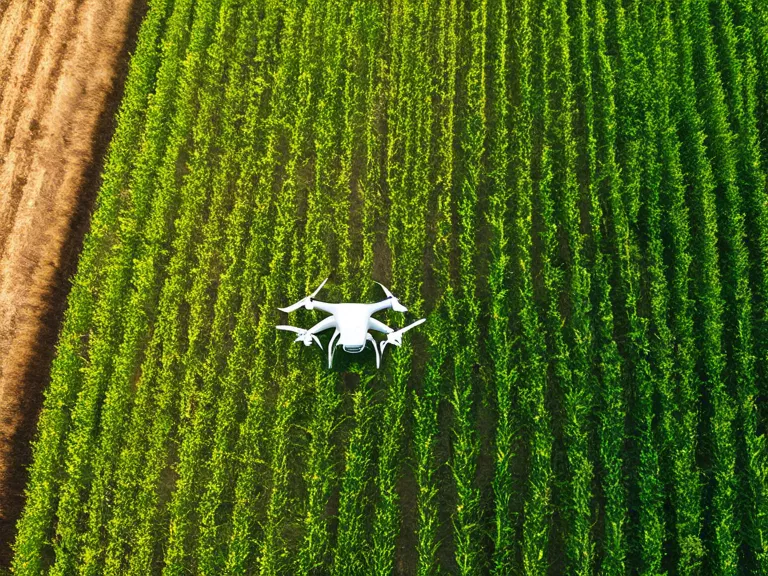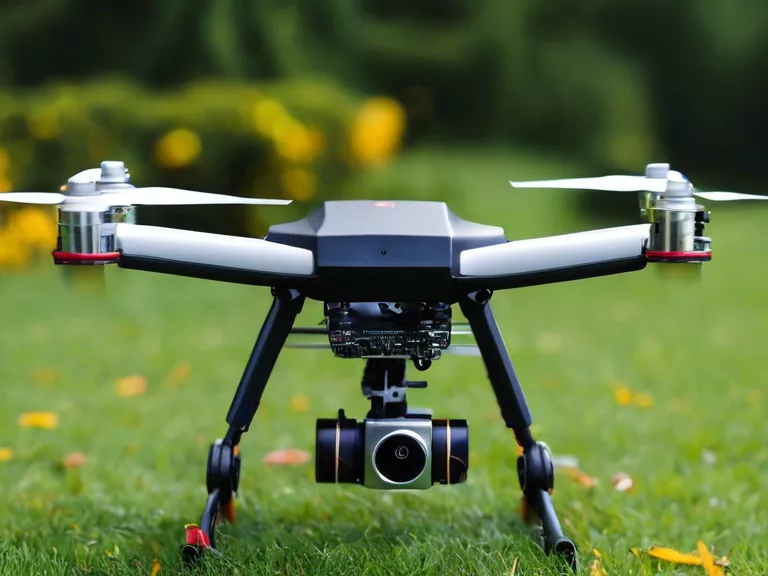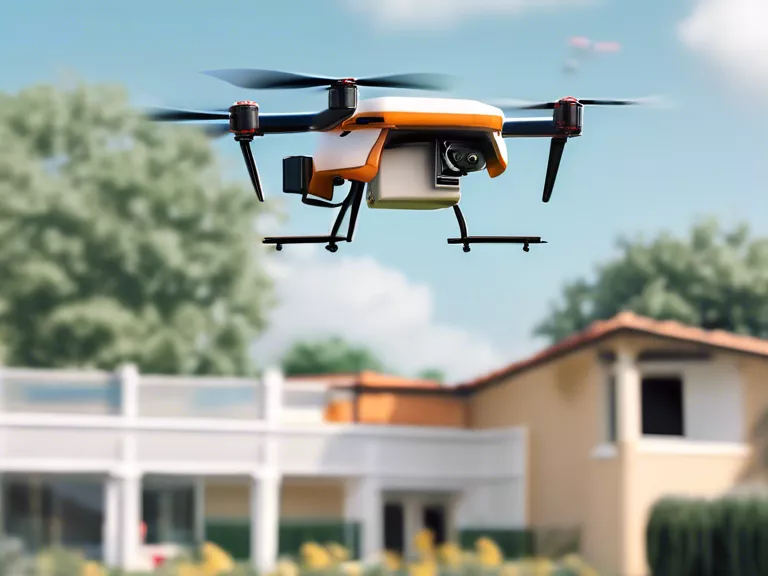
Drones, also known as unmanned aerial vehicles (UAVs), have revolutionized the way agriculture is conducted by providing farmers with a new tool to monitor and manage their crops. From soil analysis to crop spraying, drones are being used in agriculture to improve crop health and yield.
One of the key ways in which drones are being utilized in agriculture is for crop monitoring. Drones equipped with specialized cameras can capture high-resolution images of fields, allowing farmers to assess crop health and identify issues such as pests, diseases, or nutrient deficiencies. This real-time data enables farmers to take timely action to address problems and optimize crop productivity.
In addition to monitoring, drones are also used for precision agriculture. By using GPS technology, drones can create precise maps of fields, enabling farmers to apply fertilizers, pesticides, and water more efficiently. This targeted approach not only helps to reduce waste but also minimizes environmental impact. Drones can also be used for crop spraying, delivering chemicals directly to specific areas of the field as needed.
Furthermore, drones are used for soil analysis, providing farmers with valuable information about soil health and fertility. By analyzing soil samples collected by drones, farmers can make informed decisions about fertilization and irrigation, leading to healthier crops and higher yields. This data-driven approach to agriculture allows farmers to optimize resources and maximize productivity.
Overall, the use of drones in agriculture is transforming the way crops are managed, leading to improved crop health and yield. By providing real-time data, precision mapping, and targeted applications, drones are helping farmers to make more informed decisions and optimize their farming practices. As technology continues to advance, drones are expected to play an increasingly important role in the future of agriculture.



